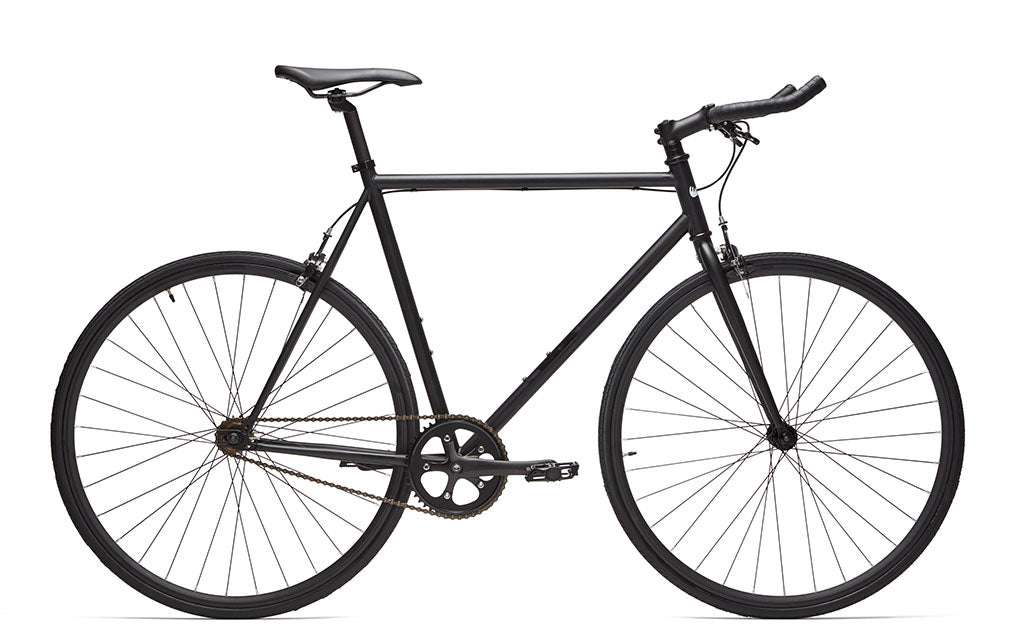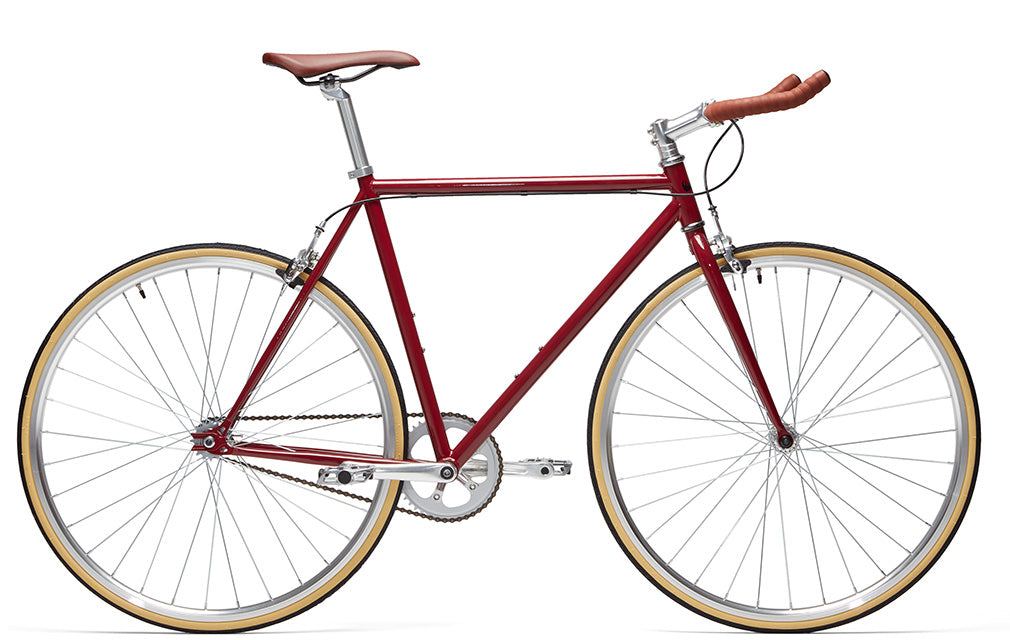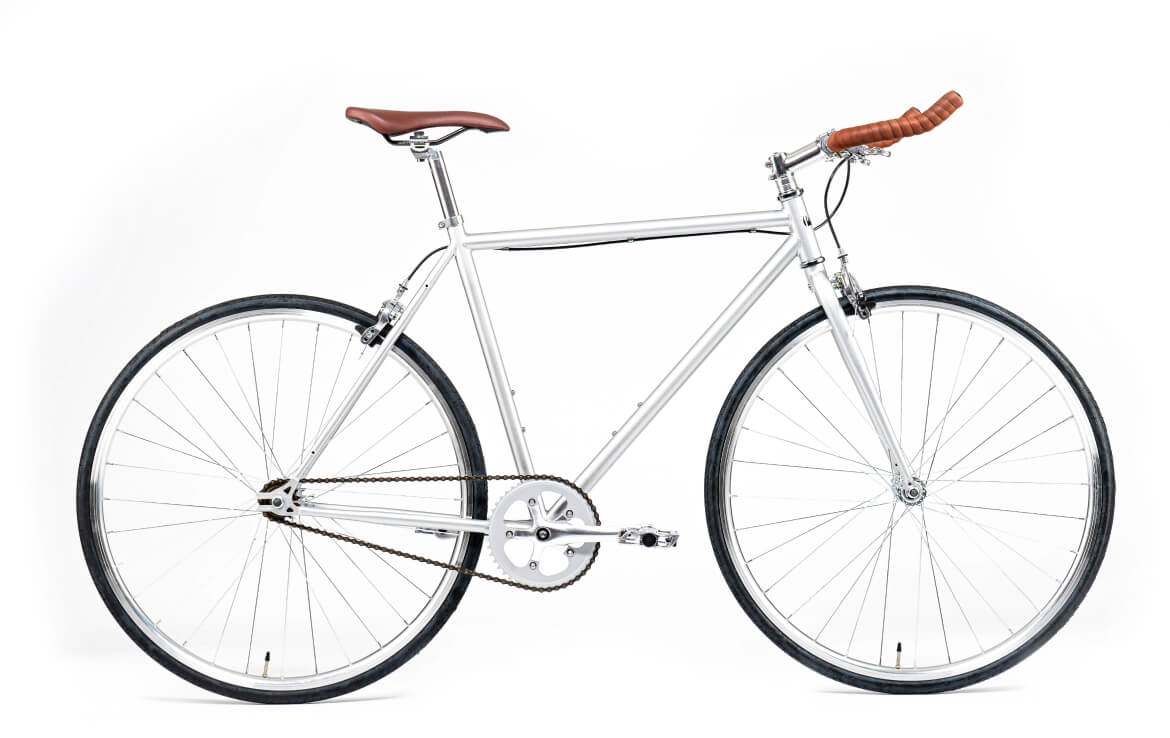Introduction
With your fixie bike, embrace a different way of navigating urban areas. This fixed-gear bicycle is a minimalist two-wheeler without a derailleur, where pedaling directly controls the rear wheel. Initially used by bike messengers, the fixie now appeals to speed, simplicity, and clean design fans. Lightweight, easy to handle, and low-maintenance, it offers an unmatched connection to the road. Whether you're looking for a sporty ride or a stylish means of city transportation, the fixie promises a dynamic and authentic experience. Discover helpful information to help you choose the right fixie bike.

The Fixie Bike: Which Type of Cyclist Is It For?
The fixie bike is suited to a variety of cyclist profiles. Its unique features and customization options make it a versatile and appealing choice. You might be drawn to a fixie bike if you are:
A trendy urban cyclist who cares about style: The fixie has become a cultural symbol — a sleek, minimalist bike that lets you move quickly through the city with flair. Its unique appearance and customization potential make it a genuine fashion accessory. The fixie is made for you if you enjoy standing out and expressing your personality.
A thrill-seeking athlete: The fixie offers an intense riding experience and a direct connection to the road. The lack of a freewheel and the backpedal braking system requires a certain skill level and delivers unique sensations. If you love challenges and pushing your limits, the fixie will give you a rush of adrenaline.
A minimalist cyclist searching for simplicity: The fixie is a no-frills bike with few components and reduced maintenance needs. Its clean design and mechanical simplicity make it an ideal choice if you value functionality and reliability.
A nostalgic rider who loves vintage style: The fixie harkens back to cycling history and New York bike messengers of the ‘90s. Its retro vibe and the ability to customize it with vintage accessories will charm any fan of classic aesthetics.
An eco-conscious city dweller: The fixie is a green and cost-effective way around the city. It requires no fuel, doesn’t pollute, and allows you to stay physically active. If you care about environmental issues, the fixie is a smart alternative to cars or public transport.
How to Choose Your Fixie Bike
Every detail matters when selecting your fixie bike, from the frame to the wheels and the braking system. Whether you're looking for a city ride, a daily commuter, or the raw sensations of fixed-gear cycling, understanding these features will help you make an informed decision:
The Frame: This key component of your fixie bike should be agile and easy to handle, featuring a compact frame, short wheelbase, and steep seat and head tube angles. Frames can be made from aluminum or steel. Aluminum is lighter, while steel is stronger, more durable, and more flexible, absorbing road vibrations better. The frame size is crucial for comfort and safety. Here are some basic guidelines:
- Height 150–167 cm: 50 cm frame
- Height 168–183 cm: 54 cm frame
- Height 184–193 cm: 58 cm frame
The Handlebars: A defining element for both comfort and style, the handlebars come in different shapes. Classic flat or slightly raised handlebars offer better control and a more comfortable riding position. There are also drop bars or bullhorn handlebars. A straight bar is simple to handle and gives a clean look. Your handlebar choice will determine your riding position and plays a key role in maneuverability.
The Wheels: Fixie bike wheels are generally similar to those on road bikes. Slim and aerodynamic, they can feature tires from 25mm wide (for better performance) to 32mm (for added comfort), depending on your riding style. Aluminum wheels are sturdier for rougher routes, while carbon wheels are lighter and offer better performance.
Braking: A fixie bike doesn’t always come with a traditional braking system. Braking can be done by backpedaling — slowing your pedaling cadence to reduce the speed of the rear wheel and eventually stop. Some models are equipped with rim brakes on the front and rear for added safety.
How Much Should You Budget for Your Fixie Bike?
Fixie bikes typically start at around $350. These bikes are perfect for beginners who want to experience the thrill of fixed-gear riding without breaking the bank. They are often equipped with reliable components and will provide a pleasant riding experience at an affordable cost.
For example, the Porter is a sleek and efficient fixie for $349. It is ideal for daily urban commuting and features a lightweight steel frame that’s more durable than aluminum. Its 46-16t crankset-to-cog ratio is excellent for small hills and bike paths.
The price of a fixie bike varies depending on the model. Pricing is based on the materials, installed components, and the bike brand.
- Mid-range fixie bikes balance component quality, performance, and price better. In this price range—up to $650—you’ll find lighter models with well-crafted frames and higher-performing gear.
- High-end fixie bikes are priced above $700. Designed for enthusiasts and demanding bike messengers, they are equipped with top-of-the-line components and materials.

Conclusion:
The fixie bike represents a lifestyle and a new way to ride with freedom, style, and efficiency. Whether you're using it for city commuting, enjoying a smooth ride, or simply embracing a bike with clean and timeless design, this two-wheeler stands out for its simplicity and unique riding pleasure.
Before making your choice, take time to define your needs and expectations. How will you use your fixie? What budget are you ready to invest? What style suits you best? To choose the right fixie, carefully assess your needs, budget, and the key components. And most importantly, test it out if you can — nothing compares to a few pedal strokes to feel the magic of fixed-gear riding and find the model that’s right for you.



